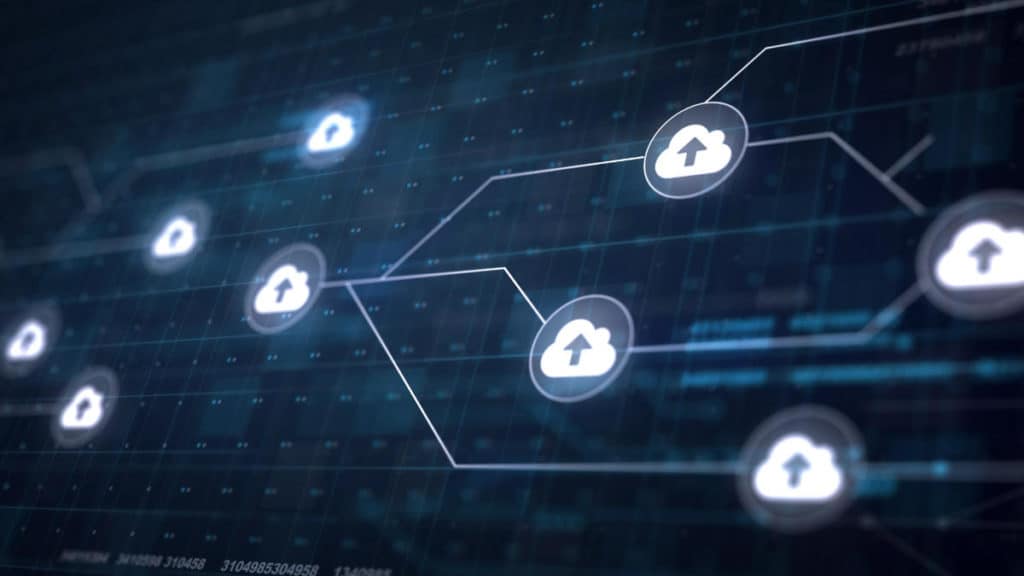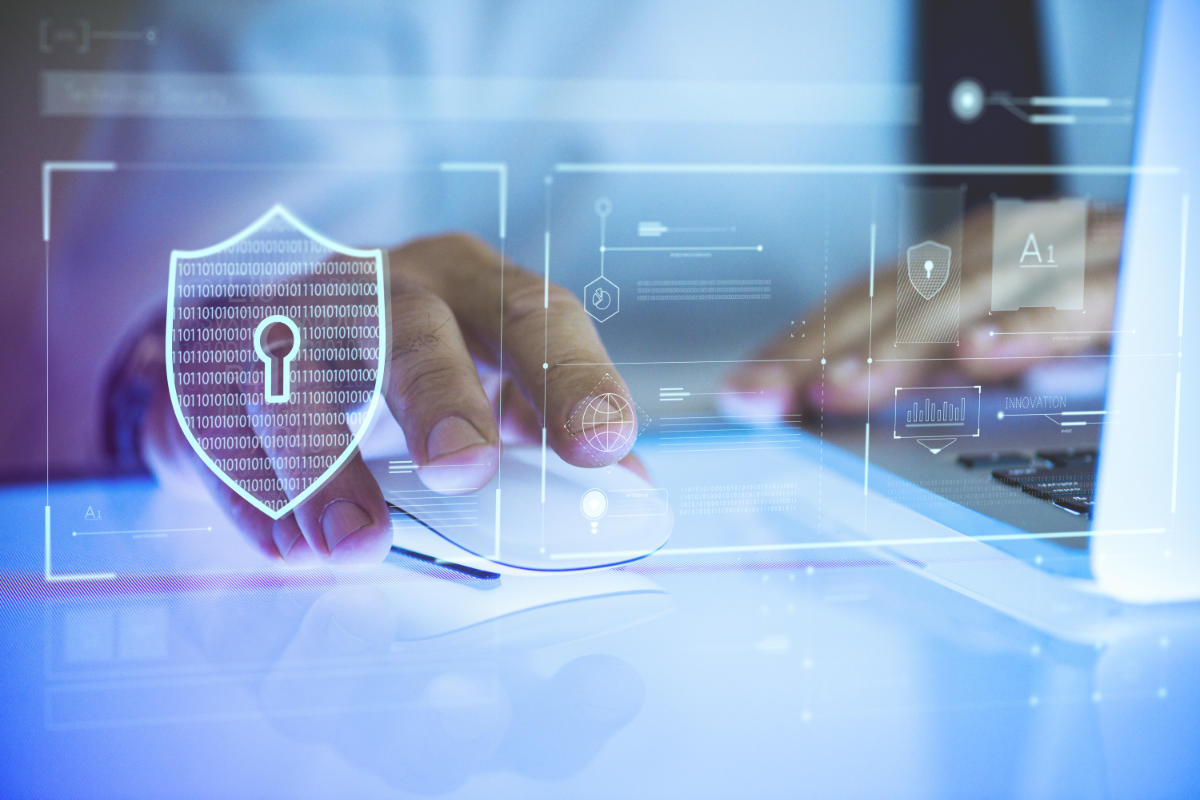
Estimated reading time: 5 minutes
Just like any other IT field, the cybersecurity market is driven by hype . Currently hype towards XDR, ie eXtended Detection and Response .
XDR is the latest in threat detection and response, a key element of a company’s infrastructure and data defense .
What exactly is XDR?
XDR is an alternative to traditional responsive approaches that only provide layer visibility on attacks . I refer to procedures such as detection and endpoint response (EDR), network traffic analysis (NTA) and SIEM , which we have talked about in many other articles.
The layer visibility implies that various services are adopted, stratified (layers), which each keep under control a specific entity in the infrastructure. This can be problematic. In fact, you need to make sure that layers don’t end up isolated, making it difficult, or nearly impossible to manage and view data. layer visibility provides important information, but can also lead to problems, including :
Collecting too many incomplete and contextless alerts. EDR detects only 26% of initial attack vectors and due to the high volume of security alerts, 54% of professionals security ignores warnings that should be investigated .
Complex and time-consuming investigations requiring specialist expertise . With EDR, the median time to identify a breach has increased to 197 days, and the median time to contain a breach has increased to 69 days.
Tools focused on technology rather than user or business . EDR focuses on technology gaps rather than the operational needs of users and companies. With more than 40 tools used in an average Security Operations Center (SOC), 23% of security teams spend their time maintaining and managing security tools rather than investigating . ( Source )
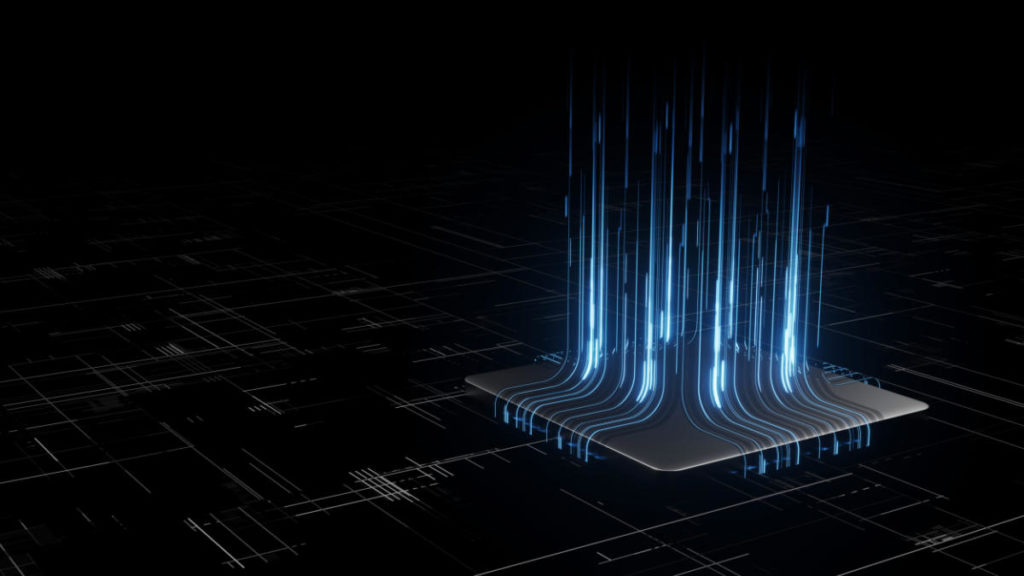
For already overloaded security teams, the result can be an endless stream of events , too many tools and information to switch between, longer time frames for detection and security expenses that are beyond budget and are not even fully effective .
What’s new in eXtended Detection Response
XDR implements a proactive approach to threat detection and response . It offers visibility into data across networks, clouds and endpoints, while applying analytics and automation to address today’s increasingly sophisticated threats. The benefits of the XDR approach for security teams are manifold:
Identify hidden, stealth and sophisticated threats proactively and quickly.
Track threats across any source or location within your organization. < br> Increase the productivity of people working with technology.
Get more from their security investments .
Conclude investigations in a way more efficient .
From a business perspective, XDR enables companies to detect cyber threats and stop attacks, as well as simplify and strengthen security processes. As a result, it enables companies to better serve users and accelerate digital transformation initiatives. When users, data and applications are protected, companies can focus on strategic priorities.
Why consider it for your company
The two main reasons why this approach is beneficial are: endpoints do not have visibility into threats in places like cloud services , and it may not be possible to put a < em> software agent on all company endpoints .
But there are other reasons to consider too. The addition of other data sources can provide more context in the EDR results, improving triage and investigation of alerts . Providers are moving not only to provide more and better organized data, but also by delivering analytics platforms to lighten the analytical load on operators. This translates into ease of use and reduced operating costs.
XDR can seem very attractive as a product: Tight integration of parts, highly tuned content (as the provider has total control over the events from the data sources), use of analytics and response automation.
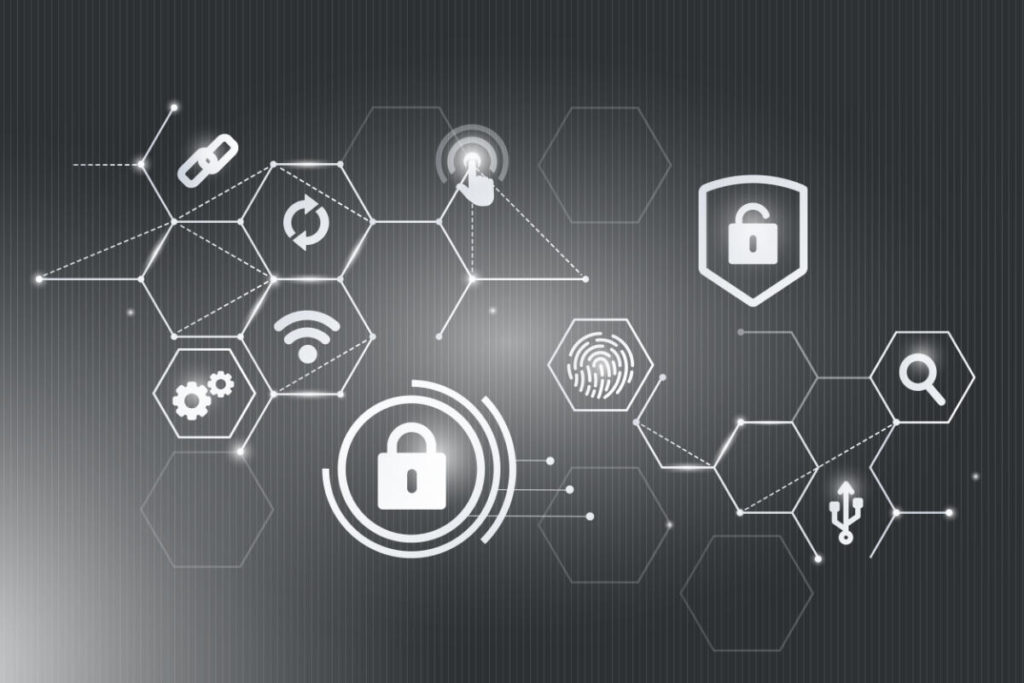
What to pay attention to before adoption
Some providers are positioning their XDR as the ultimate threat detection solution . However, many vendors are unable to offer all the tools needed to get the advantage sold. Some providers offer endpoint and cloud monitoring in the package, others endpoint and network monitoring, but when looking at the comprehensive needs of most organizations, there are often missing details in the overall picture.
And if, once the company engages with a provider and notices a lack in one of the monitored sectors, what are the possible solutions? A situation of vendor lock-in from which to break free means to sever a contract and then open another one, with all the consequent costs.
XDR as an approach, not as a product
Before entering into a contract with a provider that sells a solution as final, it is always good to weigh the benefits and implications analytically.
Tight, two-way integration of multiple threat detection and response capabilities is the first distinguishing feature. But it is not necessary to buy two technology components from the same vendor to achieve good integration. Indeed, many products have the ability to integrate with some solutions from other vendors as one of their main strengths.
The XDR approach must provide a platform that allows the necessary data collection and storage , but also strong analytical skills, to orchestrate and automate response actions provided by the other parts of the solution. A cloud based Next Generation SIEM is a perfect solution.
How to move then?
The interest in XDR products is a clear signal that excessive fragmentation was leading to excessive complexity. A little consolidation is good, but it must be done while protecting flexibility and the ability to follow the best solutions.
In our opinion, a SOCaaS is an optimal solution. Provides next generation SIEM , with strong analytical capabilities. In addition, it also integrates artificial intelligence that helps in time to recognize threats through behavior analysis. A SOCaaS is the future of security operating platforms.
To find out with our services they can help you protect the data of your company and your customers, contact us, we will gladly answer all your questions.
Useful links:
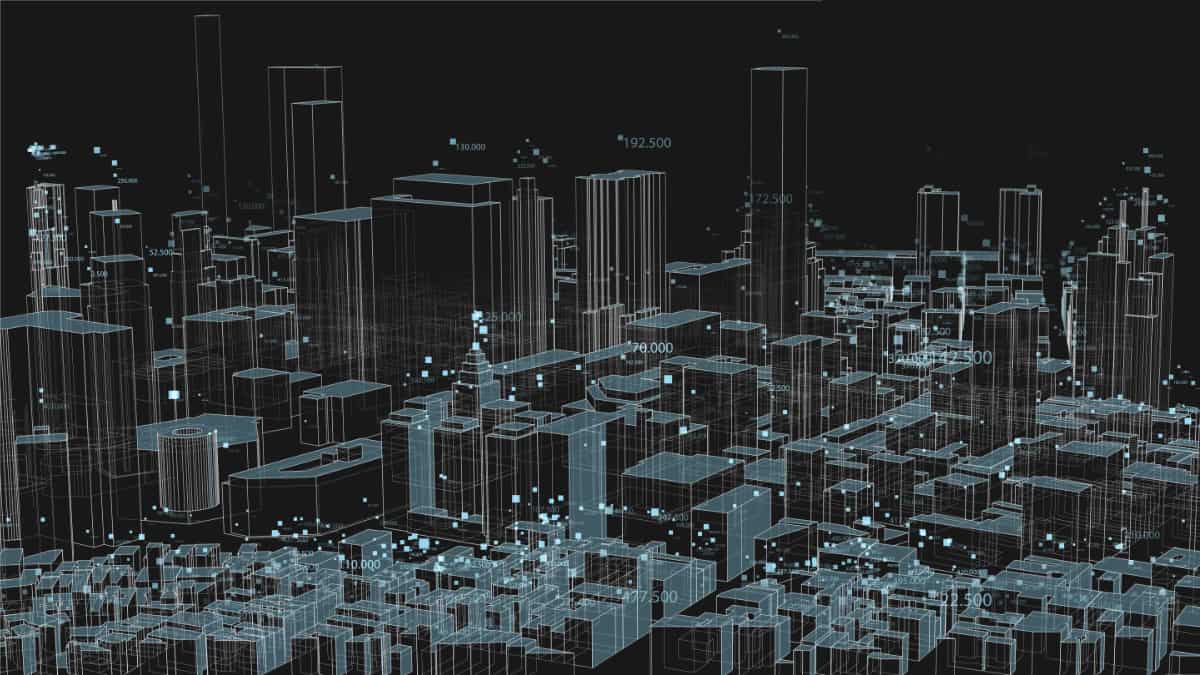
SIEM has existed for quite some time, but it is not yet well understood. Also, the fact that technology has evolved significantly in recent years doesn’t help shed some light. Today we see where we are, trying to understand the Next Generation SIEM and the managed systems offered as services that make use of the latest generation SIEM (SOCaaS, for example). Let’s see what all this means for companies.
Being a fundamental part of the SOCaaS offered by SOD, it seems appropriate to explain in detail what a Next Generation SIEM is and what its functions are.
A brief history of SIEM
Before examining what a Next Generation SIEM is, it is right to briefly review the history of this technology and its beginning.
The term Security Information and Event Management (SIEM) was coined in 2005 by Mark Nicolett and Amrit T. Williams of Gartner. The word is the merger of Security Event Management (SEM) and Security Information Management (SIM).
Its original definition given by the creators of the term is: a technology that supports the detection of threats and the response to security incidents, through the collection in real time and historical analysis of events from a wide variety of sources of contextual data.
SIEM was born out of the need to address the huge number of alarms issued by intrusion prevention systems (IPS) and intrusion detection systems (IDS) that were overwhelming IT departments. By helping organizations aggregate events and better analyze those within the network, SIEM has helped organizations improve threat detection. It has also led organizations to take a more proactive approach to security. Preventive security technologies are no longer sufficient on their own.
The difficulties of SIEMs in the early years
Eager to improve their cybersecurity situation, many enterprise-wide organizations have rapidly adopted SIEM technology. Over the years, however, inherited problems have emerged from the past:
1. The datasets were inflexible, so some SIEMs were unable to process the required data, which meant their effectiveness was limited
2. They were difficult to maintain and manage, which added complexity and drained staff resources
3. SIEMs produced a high number of false positives, creating even more work for the security teams
4. With the advancement of technology, SIEMs have struggled to keep up with the evolution of threats and therefore the IT risk for companies has grown
The Next Generation SIEM arrives
Many advanced threats are now polymorphic rather than static. That is, they are able to constantly modify their behavior to evade detection. As such, Next Generation SIEM systems must not only process more data, but also become much more capable of recognizing new patterns within them.
Given the difficulties and limitations of inherited SIEM systems, many thought they would disappear over time. But this did not happen, SIEM still remains a key technology used by companies. However, technology has had to evolve.
While SIEM once relied on only a handful of data sources, the “Next Generation” of SIEM systems was developed to process a greater volume and variety of data, as well as correlating it in a timely fashion.
Gartner reported that the SIEM market is continuously growing. One reason for this growth is that Next Gen SIEM systems are now used by midsize organizations, not just large enterprises.
What are the capabilities of Next Gen SIEM?
Next Gen SIEMs, sometimes referred to as analytical SIEMs or SIEM 3.0, have brought new capabilities to organizations and their security teams.
– Allow faster integration into a corporate infrastructure through an open architecture to cover cloud, on-premise and BYOD resources
– Include real-time visualization tools to understand the most important and high-risk activities
– Use scenario and behavior analysis to “photograph” well understood scenarios and highlight significant changes in behavior
– Integrate and use Threat Intelligence information from customized, open source and commercial sources
– Provide a flexible framework that allows for the implementation of a tailored workflow for key organizational use cases
– Measure status against regulatory frameworks (e.g. PCI DSS) for prioritization and risk management
Security Orchestration, Automation and Response
Security Orchestration, Automation and Response (SOAR) is a growing security area that Next Gen SIEM vendors are exploiting to contribute and take advantage of the latest features. In its essence, SOAR has two fundamental aspects:
1. It allows to bring more data to a Next Gen SIEM for analysis
SOAR is helping SIEM technology to become smarter and big data oriented, thus enabling security teams to make faster and better informed decisions. Broader intelligence means more reliable threat identification and fewer false positives.
2. Help automate incident response
Another important way SOAR is influencing the evolution of SIEM Next Gen is to help standardize incident analysis and response procedures. The goal is to partially or completely automate response activities in order to reduce the potential harm and inconvenience that breaches can cause. Such response activities could include blocking compromised user accounts and blocking IP addresses on a firewall.
By automating routine actions, SOAR helps security teams become more efficient and frees them up time to focus on threat hunting and patch management.
User Behavior Analysis (UEBA)
Another important feature of Next Generation SIEMs is the use of User and Entity Behavior Analytics (UEBA). UEBA does not track security events or monitor devices, but instead focuses on monitoring and analyzing the behavior of an organization’s users.
UEBA can be extremely useful in helping organizations identify compromised accounts, as well as insider threats. It works using advanced machine learning and behavioral profiling techniques to identify anomalous activity such as account compromise and abuse of privileges. By not using rules-based monitoring, the UEBA is more effective in detecting anomalies over time.
The challenges for a modern SIEM
Despite unquestionable advances in detecting complex cyber threats, SIEM Next Gens can still, if not used and maintained properly, generate a large number of alerts. For organizations without IT resources and dedicated security personnel, researching these alerts to distinguish true network security problems from false positives can be extremely complex and time-consuming.
Even when real threats are identified, knowing how to respond to them can be just as challenging.
Getting the most out of SIEM to help address growing security challenges will also depend on better trained personnel who can use the systems more effectively and validate alarms. For organizations that lack in-house knowledge or skills, it therefore makes sense to work with an external vendor who can cover or augment security capabilities.
A full SOCaaS service, including Next Generation SIEM and UEBA for threat hunting, is the ideal choice. Not only does it save time in terms of validating and checking alarms, but also in economic terms, not having to face installation costs and staff training.
If you are interested in learning more, do not hesitate to contact us, we will answer your questions.
[btnsx id=”2931″]
Useful links:
Security: Pentest and verification of vulnerabilities
What is a Network Lateral Movement and how to defend yourself
Is SOCaaS useful for your business?
Computer network security: PT vs. VA
SIEM in computer science: history
SIEM software: what it is and how it works

Customers
Twitter FEED
Recent activity
-
SecureOnlineDesktop
Estimated reading time: 6 minutes L'impatto crescente delle minacce informatiche, su sistemi operativi privati op… https://t.co/FimxTS4o9G
-
SecureOnlineDesktop
Estimated reading time: 6 minutes The growing impact of cyber threats, on private or corporate operating systems… https://t.co/y6G6RYA9n1
-
SecureOnlineDesktop
Tempo di lettura stimato: 6 minuti Today we are talking about the CTI update of our services. Data security is… https://t.co/YAZkn7iFqa
-
SecureOnlineDesktop
Estimated reading time: 6 minutes Il tema della sicurezza delle informazioni è di grande attualità in questo peri… https://t.co/tfve5Kzr09
-
SecureOnlineDesktop
Estimated reading time: 6 minutes The issue of information security is very topical in this historical period ch… https://t.co/TP8gvdRcrF
Newsletter
{subscription_form_1}© 2023 Secure Online Desktop s.r.l. All Rights Reserved. Registered Office: via dell'Annunciata 27 – 20121 Milan (MI), Operational Office: via statuto 3 - 42121 Reggio Emilia (RE) – PEC [email protected] Tax code and VAT number 07485920966 – R.E.A. MI-1962358 Privacy Policy - ISO Certifications





